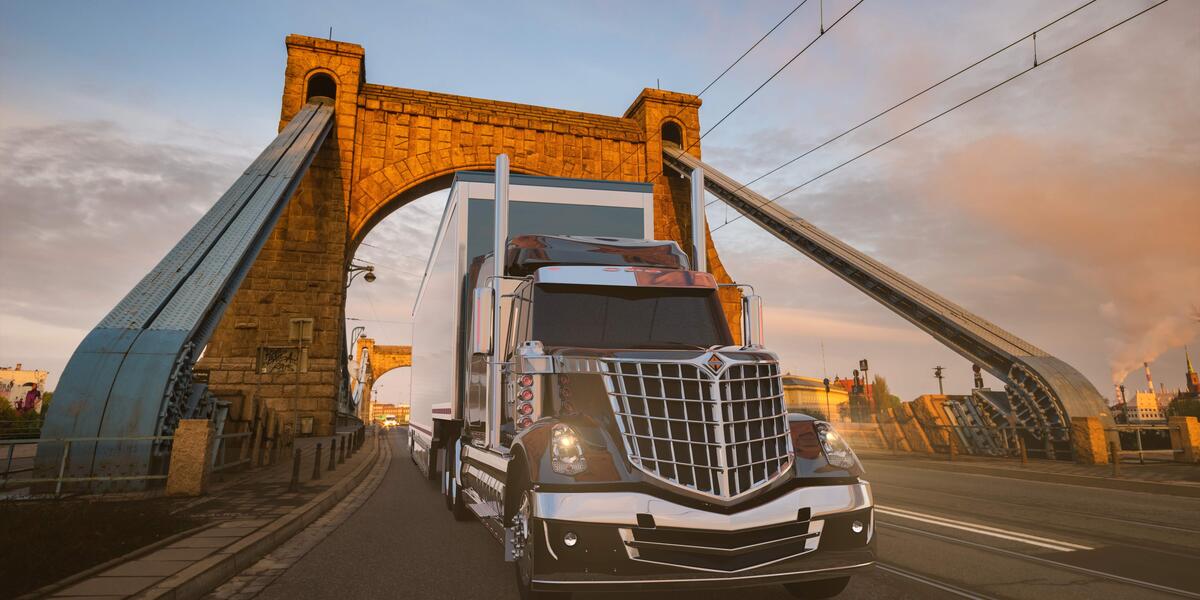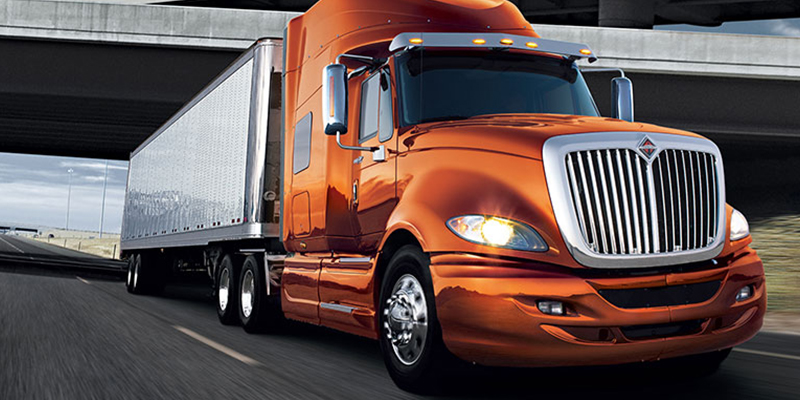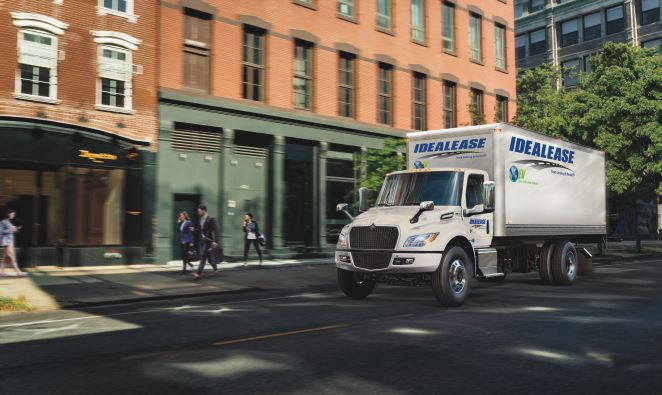Overhead Damage… How Not to Turn Your Truck or Trailer Into a Convertible!
An overhead damage accident is entirely preventable and can cause significant damage to the roof, sides, front, and rear of a truck body or trailer.
Here are some tips for drivers to help prevent this type of damage:
-
When you call your customer for directions into their facility, remember that the person giving you directions drives there every day in a car. They may not consider whether the bridges and overpasses on the route are high enough for your truck. Specifically ask if the directions provided are on a truck route and whether there are any low clearances. No matter what information you receive, proceed with caution—as only you are responsible for preventing damage.
-
Overhead clearances are posted in advance of most underpasses and tunnels, but keep
in mind that new roadwork (such as 2” of fresh asphalt) can reduce clearance. Stay alert for construction in areas leading to underpasses, bridges, and tunnels.
-
Just because other trucks are going through does NOT mean your truck will fit through the same clearance.
-
If a marked or unmarked overpass looks low, slow down immediately, turn on your four-way flashers, ease toward the overpass, stop, and check your actual clearance.
-
Many bridges and overpasses are not perfectly level—sides are often lower than the center. Cross under in the inside lane when possible.
-
If possible, assess the road elevation on the far side of the bridge for sharp inclines or declines. These can cause your truck to fit under the beginning of the overpass but strike it when exiting.
-
In winter, snow and ice accumulation on the roadway can reduce clearance enough to cause damage.
-
If you cannot proceed due to a low overhead and traffic is congested, it is better to call the police for assistance in backing out safely rather than attempting to reverse against traffic and risking an accident.
Do I Need a CDL to Operate That Truck?
The regulations addressing this question are found in FMCSA CFR 383.3.
§383.3 Applicability
(a) The rules in this part apply to every person who operates a Commercial Motor Vehicle (CMV) in interstate, foreign, or intrastate commerce, to all employers of such persons, and to all states.
A Commercial Motor Vehicle (CMV) is defined as a motor vehicle or combination of vehicles used in commerce to transport passengers or property if the vehicle:
a) Has a gross combination weight rating of 11,794 kg (26,001 lbs) or more, including a
towed unit with a GVWR of more than 4,536 kg (10,000 lbs); or
b) Has a gross vehicle weight rating of 11,794 kg (26,001 lbs) or more; or
c) Is designed to transport 16 or more passengers, including the driver; or
d) Is of any size and is used to transport hazardous materials, as defined in this section.
Common CDL Questions Answered by FMCSA
-
May a person operate a CMV solely on private property not open to public travel without a CDL?
Answer: YES. -
Do mechanics, salespeople, shop employees, or occasional drivers need a CDL if they are only test-driving a CMV?
Answer: YES, if the CMV is operated on a public street, road, or highway. -
If I move, how long do I have to get my CDL reissued by my new state of residence?
Answer: 30 days. -
Is a CDL required to test-drive or transport an empty school bus?
Answer: YES, if the bus is designed for 16+ passengers or has a GVWR over 26,000 lbs. A passenger endorsement is not required if no passengers are on board. -
A driver operates a tractor with a GVWR of exactly 26,000 lbs, towing a trailer with a GVWR of exactly 10,000 lbs (GCWR 36,000 lbs), with no HM or passengers. Is it a CMV, and is a CDL required?
Answer: NO to both.
Although the GCWR is 36,000 lbs, this configuration does not meet the CMV definition in §383.5.
Clearinghouse Downgrades of CDLs
This is a reminder that the Federal Motor Carrier Safety Administration (FMCSA) Drug and Alcohol Clearinghouse can downgrade CDL drivers who have violations recorded in the system.
Under the Clearinghouse-II rule, State Driver Licensing Agencies (SDLAs) must:
-
Remove the commercial driving privileges of drivers who are listed as “prohibited” in the Clearinghouse.
This results in a CDL downgrade until the driver completes the return-to-duty process. -
Query the Clearinghouse before issuing, renewing, upgrading, or transferring CDLs and CLPs.
-
Review driver information when notified of a Clearinghouse status change.
Some SDLAs already have authority to voluntarily downgrade prohibited drivers.
Automatic CDL downgrades due to drug or alcohol violations will continue to make it difficult for companies to attract and retain qualified commercial drivers.









